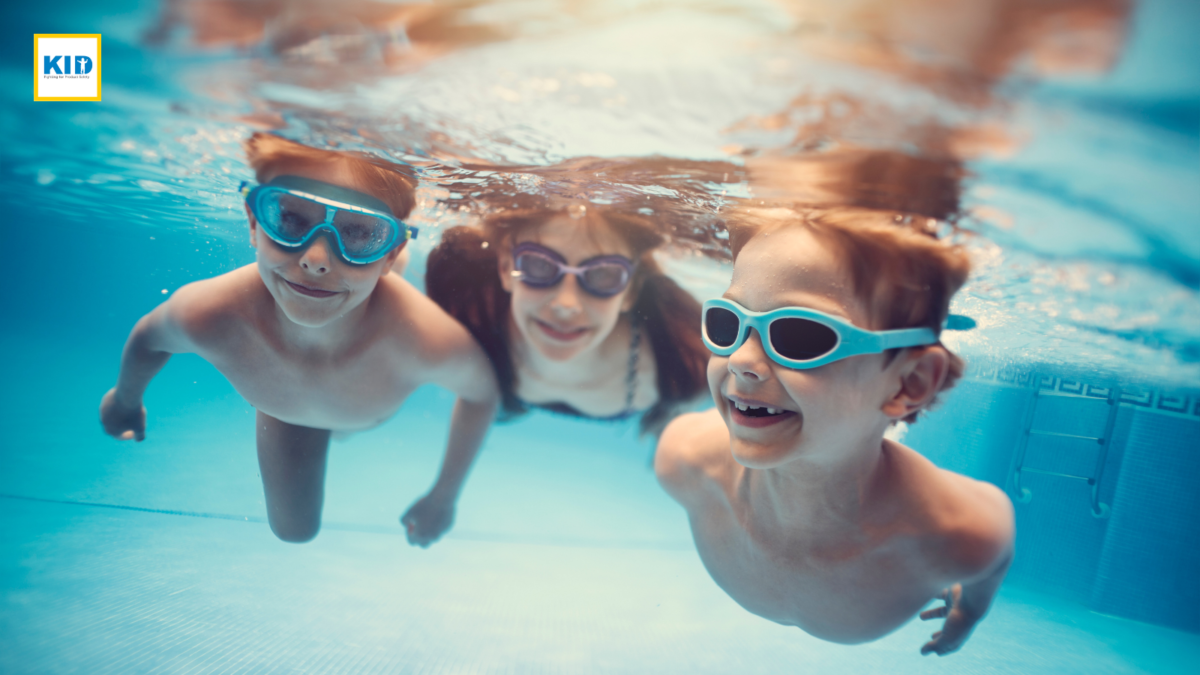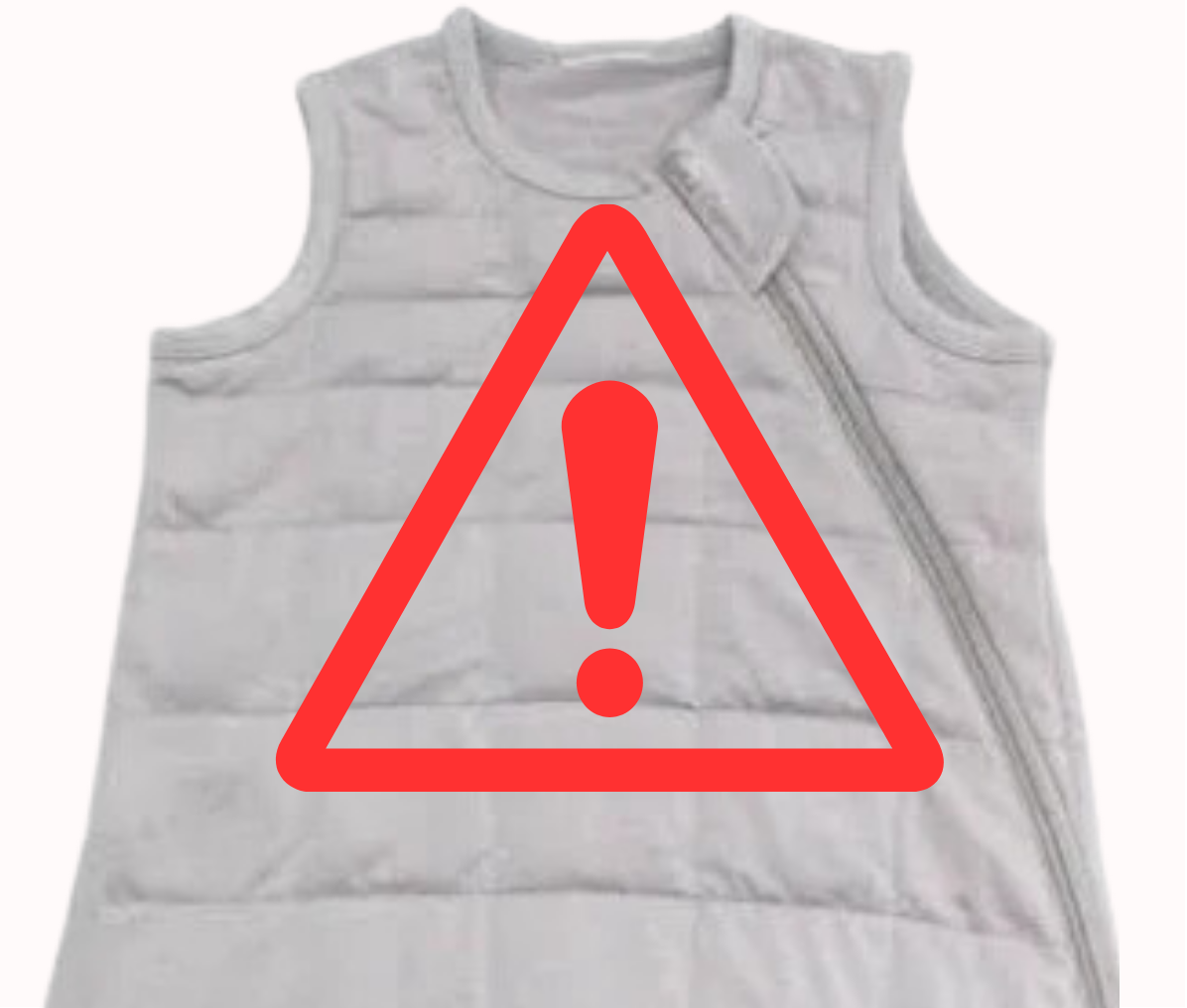
According to CPSC’s most recent report, between 2018-2020 an average of 371 children under fifteen years old drowned in a pool or spa each year. In the year 2022 there were 6,400 non-fatal child drowning injuries. Drowning continues to be the leading cause of injury related deaths for children ages 1-4. In light of National Water Safety Month, brush up on what you need to know to keep children safe at home or community pools.
Right now, the biggest drowning threat facing families with toddlers is unexpected, unsupervised access to water. Sixty nine percent of all drownings among children age 4 and younger happen during non-swim times. Listen to 2019 KID Best Friend honorees, Nicole & Jonathan Hughes and Morgan & Bode Miller talk about how they turned grief into advocacy for drowning prevention.
- Home owners should take precautions like installing pool fences, automatic full pool covers, and door and pool alarms. The fences should have a self-locking gate, be at least 4-feet high and should surround the pool on all four sides.
- Keep toddlers and non-swimmers within arm’s reach around water and never leave them unattended near pools or spas. Designate a water watcher: a person who will pay constant attention to children in the water and switch off the role frequently.
- Learn how to perform CPR on both children and adults.
- Teach your child how to swim. The American Academy of Pediatrics supports swimming lessons for most children 4 years and older, and for children 1 to 4 years of age who are ready to learn how to swim.
- Check CPSC for recalls on life jackets, pool toys and equipment to make sure they are safe. Never rely on floaties or pool toys for safety.
- Use life jackets near lakes and rivers. Children should always wear life jackets when in, on, or near natural bodies of water, such as lakes or rivers. Make sure they fit properly and are approved by the U.S. Coast Guard.
Have a safe and fun-filled summer! Learn more about water and pool safety at the AAP and the CPSC’s site PoolSafely.gov. Follow KID on Facebook, Instagram, Twitter, and TikTok to learn more about the work KID does.


